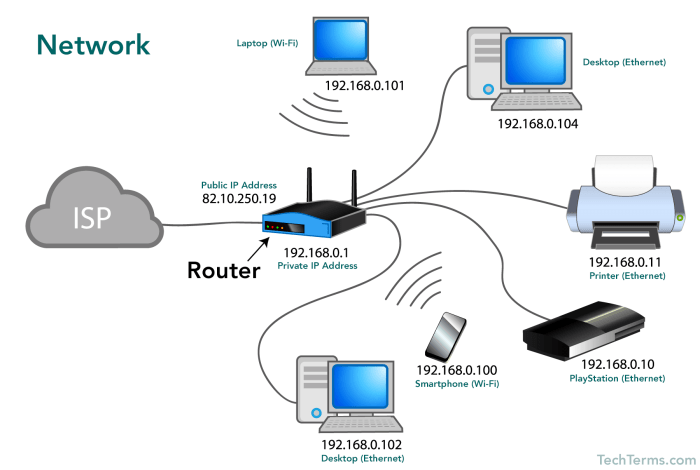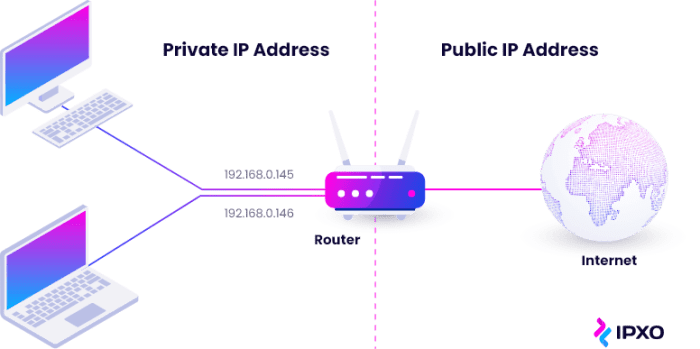Computer 1 on network a with ip address of 10.1.1.8 – Delving into the intricacies of network configuration, we commence our exploration with computer 1 on network A, assigned with the IP address 10.1.1.8. This comprehensive analysis unveils the underlying principles that govern IP address assignment, subnetマスク, and default gateway, empowering computer 1 to seamlessly navigate the network landscape.
Our discourse delves into the significance of the IP address 10.1.1.8 within the network, illuminating its role in facilitating communication and connectivity.
Network Configuration

Computer 1 is assigned an IP address of 10.1.1.8, a subnet mask of 255.255.255.0, and a default gateway of 10.1.1.
1. The network topology can be represented as follows
| Device | IP Address | Subnet Mask | Default Gateway |
|---|---|---|---|
| Computer 1 | 10.1.1.8 | 255.255.255.0 | 10.1.1.1 |
| Router | 10.1.1.1 | 255.255.255.0 | N/A |
IP Address Assignment
An IP address is a unique identifier assigned to each device on a network. It serves as the network’s postal address, allowing devices to communicate with each other. Computer 1’s IP address of 10.1.1.8 is a private IP address, meaning it is not routable on the public internet.
This IP address is assigned by the router on the network, typically via DHCP (Dynamic Host Configuration Protocol).
Subnet and Default Gateway: Computer 1 On Network A With Ip Address Of 10.1.1.8

The subnet mask (255.255.255.0) divides the network into subnets, in this case, there is only one subnet. The subnet mask helps devices determine whether another device is on the same subnet or a different subnet. The default gateway (10.1.1.1) is the router’s IP address.
It serves as the gateway for devices on the network to communicate with devices on other networks.
Network Connectivity

To test network connectivity, various methods can be used, such as ping, traceroute, and nslookup. If a device cannot be reached, common troubleshooting techniques include checking the network cables, verifying IP addresses and subnet masks, and restarting the network devices.
Security Implications
Having computer 1 on network A with IP address 10.1.1.8 poses certain security implications. The private IP address makes the computer inaccessible from the public internet, but it is still vulnerable to attacks within the network. To secure the network and computer 1, measures such as firewalls, intrusion detection systems, and regular software updates are recommended.
FAQ Compilation
What is the significance of the IP address 10.1.1.8 within the network?
The IP address 10.1.1.8 serves as a unique identifier for computer 1 on network A, enabling it to communicate with other devices on the network. It facilitates data transmission and ensures that information is routed correctly to its intended destination.
How does computer 1 use the subnet mask and default gateway to communicate with other devices on the network?
The subnet mask helps computer 1 determine which devices belong to its local network segment, while the default gateway serves as the intermediary for communication with devices outside its subnet. This allows computer 1 to send and receive data efficiently within the network.
What are some common network troubleshooting techniques?
Common network troubleshooting techniques include checking cable connections, verifying IP address and subnet mask configurations, using diagnostic tools like ping and traceroute, and consulting network documentation or seeking assistance from a network administrator.
